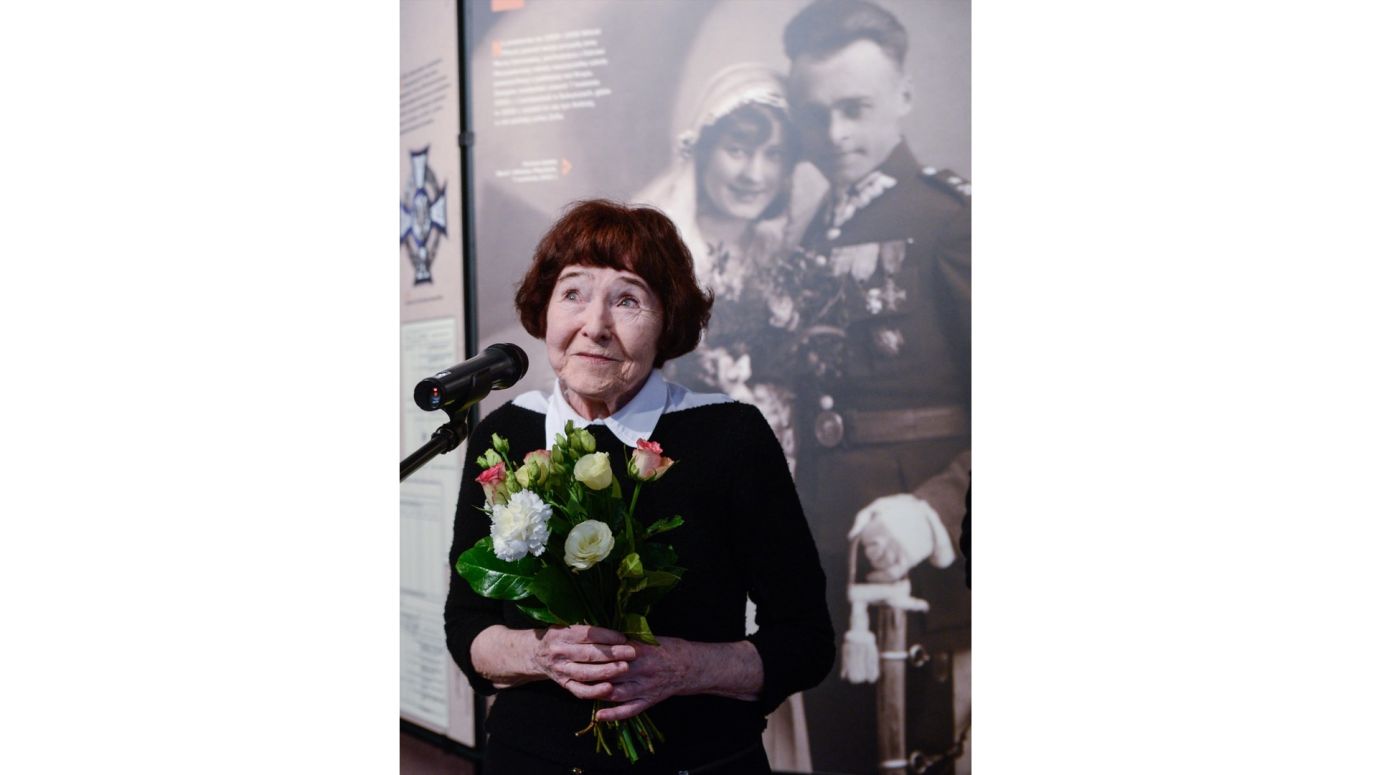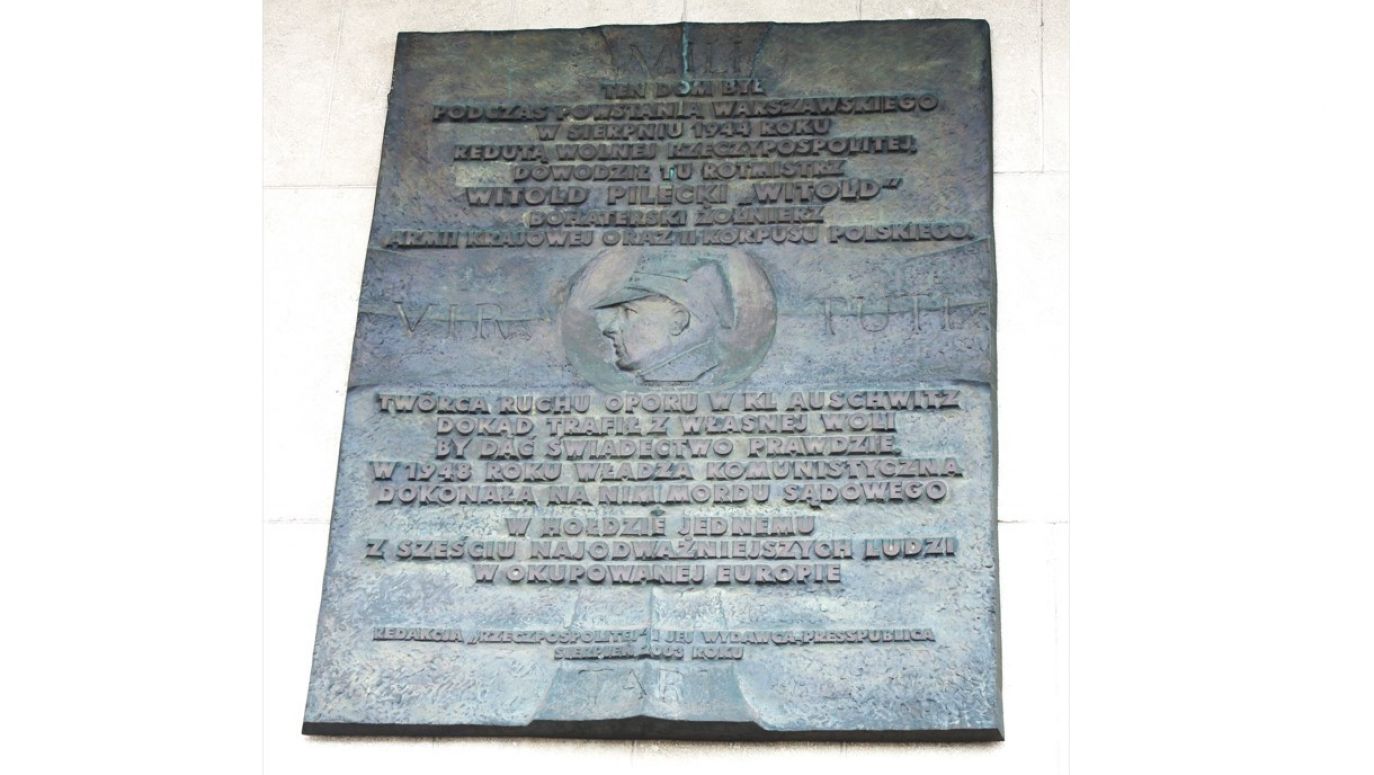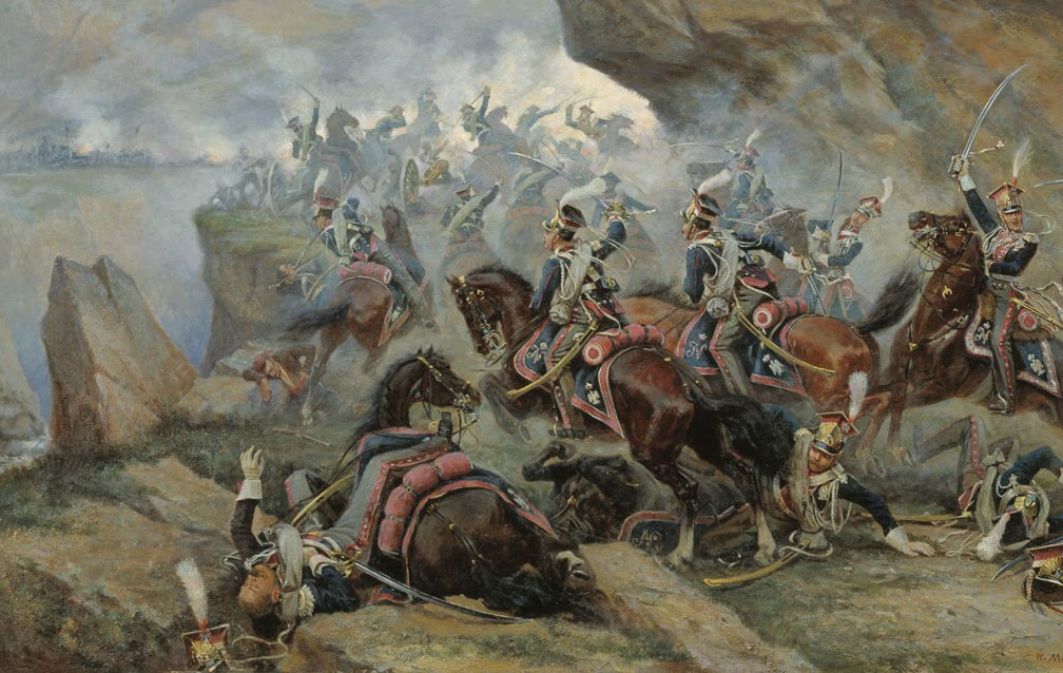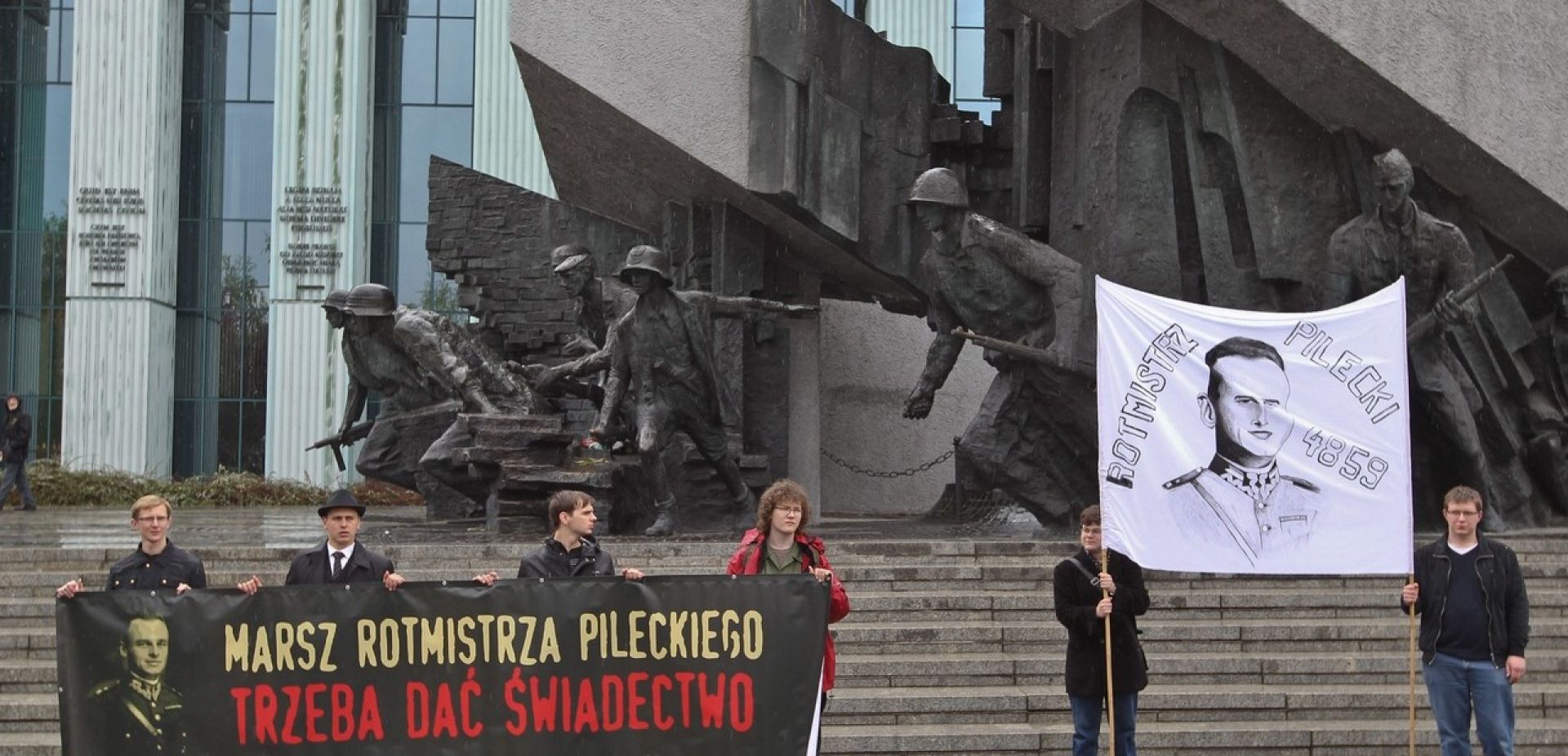
At 4 am the insurgents of Cavalry Captain Pilecki’s evacuated to the other side of the [Jerusalem] Avenue. The last to leave the ruined redoubt was its commander. He fitted the account of a 13-day period of actions – written in August 1945 in London – into 5 sheets.
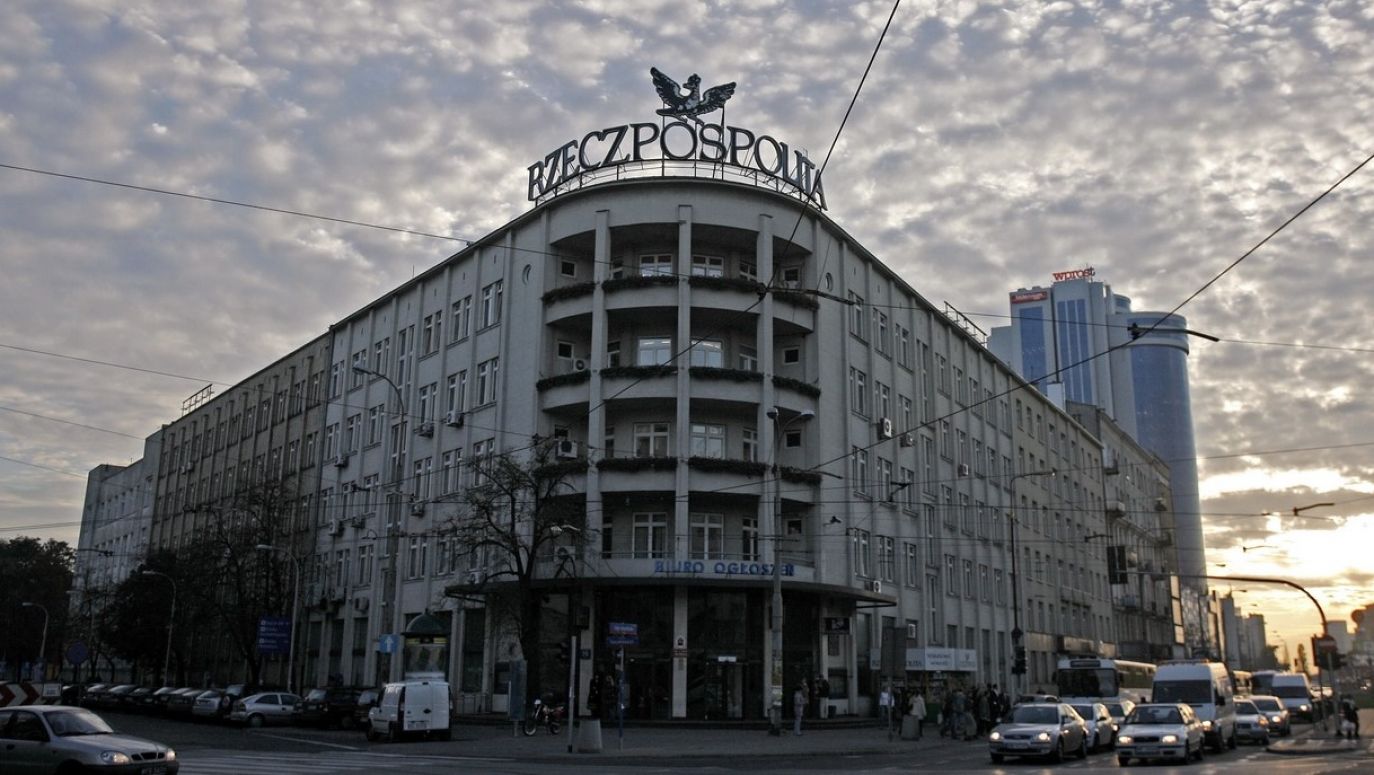
 SIGN UP TO OUR PAGE
SIGN UP TO OUR PAGE
 August 2. Major “Lig” organises the defence of the section from randomly located units and individual volunteers. Both officers introduce themselves to the major as escapees from the Auschwitz concentration camp. Captain “Witold” and Lieutenant “Janek” receive an order to form a unit and “clear” the area of the small ghetto, the section of Pańska Street between Twarda and Żelazna, and eliminate saboteurs – “pigeonists” in Ceglana St. They form a unit of 17 volunteers and after completing the task, they leave it under the command of platoon leader “Sawa” [Kazimierz Sawicki] and return to their headquarters at 40 Twarda St.
August 2. Major “Lig” organises the defence of the section from randomly located units and individual volunteers. Both officers introduce themselves to the major as escapees from the Auschwitz concentration camp. Captain “Witold” and Lieutenant “Janek” receive an order to form a unit and “clear” the area of the small ghetto, the section of Pańska Street between Twarda and Żelazna, and eliminate saboteurs – “pigeonists” in Ceglana St. They form a unit of 17 volunteers and after completing the task, they leave it under the command of platoon leader “Sawa” [Kazimierz Sawicki] and return to their headquarters at 40 Twarda St.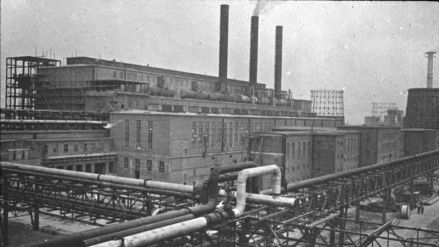
Aggrieved parties usually sue states but they are helpless in the face of their immunity.
see more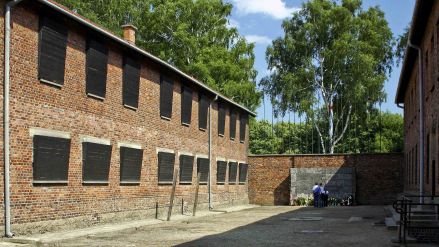
Witold Pilecki spent 947 days in Auschwitz. Then managed to run away.
see more